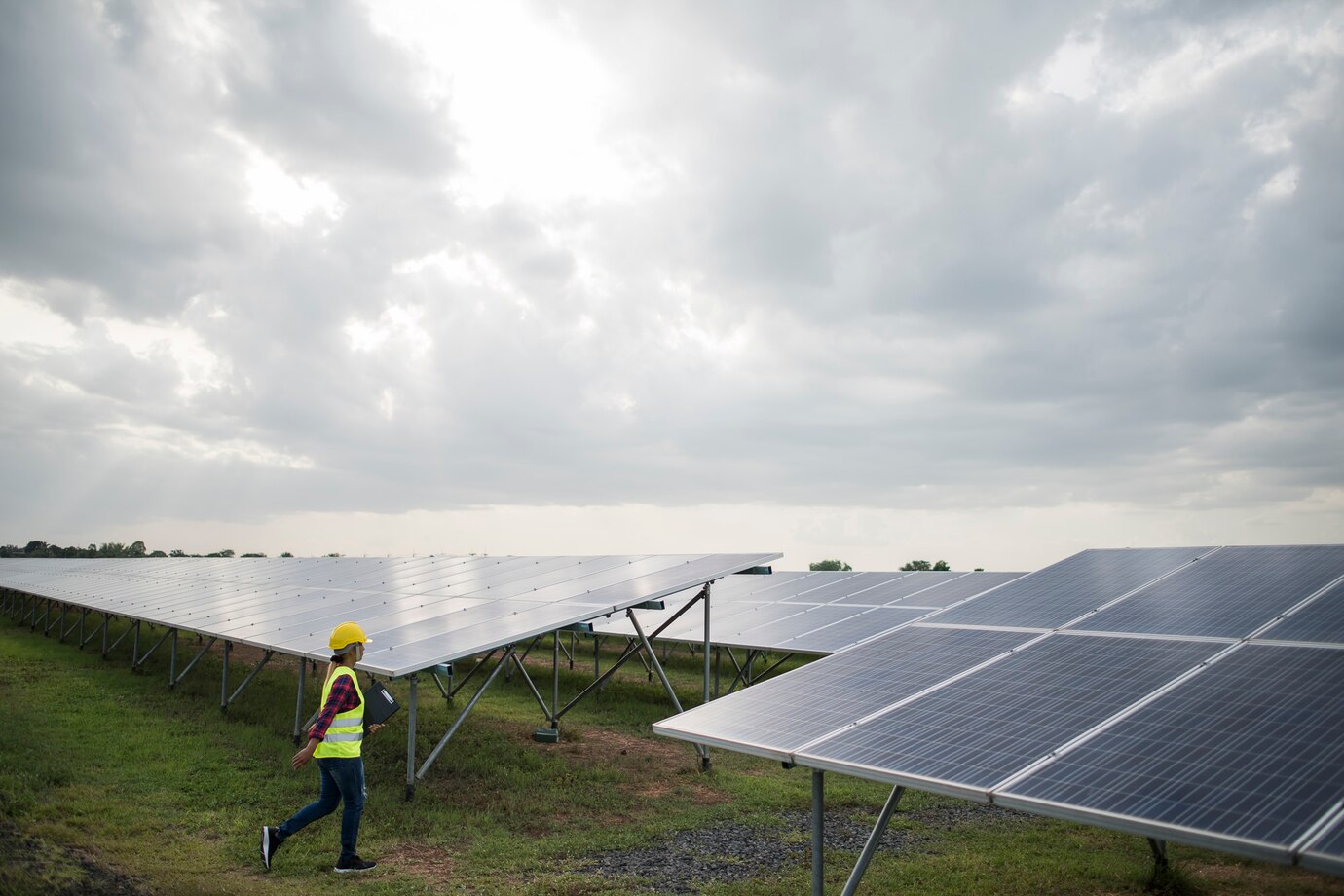
With the booming development of the global energy storage industry, the Southeast Asia region, leveraging its unique energy demands and proactive policy environment, has emerged as a new hotspot in the energy storage market, and Indonesia is a crucial force within it. Indonesia has a large energy demand gap, and its numerous islands have a strong desire for stable power supply, providing vast room for the energy storage industry. Meanwhile, Indonesia has introduced a series of policy dividends, from encouraging investment to promoting technological innovation, to fully boost the development of the energy storage market. This article will deeply analyze the key points of accessing the Indonesian energy storage market and provide comprehensive guidance for enterprises intending to explore this market.
Market Status Analysis
Energy Demand and Power Gap
As the largest economy in Southeast Asia, Indonesia's electricity demand grows at an average annual rate of 6%. However, approximately 10% of the population (27 million people) still do not have access to a stable power grid.
The government plans to increase the share of renewable energy to 23% by 2025 (it was only 12% in 2023), and energy storage has become crucial for balancing grid volatility.
Drivers of the Energy Storage Market
Expansion of Renewable Energy: Indonesia has a solar energy potential of 207 GW (less than 1% of which has been developed) and a wind energy potential of 60 GW. The demand for energy storage support is urgent.
Off - grid and Micro - grid Demands: Among more than 17,000 islands, about 2,000 islands rely on diesel power generation. The cost of energy storage + renewable energy micro - grids (about $0.25/kWh) is already lower than that of diesel power generation ($0.35/kWh).
Promotion of Electric Vehicle Policies: In 2023, the sales of electric vehicles in Indonesia increased by 300% year - on - year. The government plans to build 31,000 public charging stations by 2030, driving the demand for power batteries and second - life energy storage.
Current Market Size
- In 2023, Indonesia's energy storage installed capacity was approximately 150 MW/300 MWh, mainly concentrated in the Java - Bali grid.
- It is expected that the market size will exceed 500 MWh in 2025, with a compound annual growth rate (CAGR) of 40%.
Main Challenges and Risks
Infrastructure Bottlenecks
- Poor Grid Stability: The Java - Bali grid bears 70% of the country's load, but the power transmission loss is as high as 9% (the global average is 6%).
- Energy storage projects need to invest additionally in grid upgrades, increasing costs by 15 - 20%.
Policy and Regulatory Uncertainties
- Local Protectionism: Some provinces require foreign - invested energy storage projects to form joint ventures with local enterprises (such as Sumatra and Kalimantan).
- Import Barriers: The import tariff on complete lithium - ion battery units is as high as 15% (it can be reduced to 5% for local assembly), and products need to pass the SNI mandatory certification (with a cycle of 6 - 8 months).
Technical Adaptability Issues
- High - temperature and High - humidity Environment: With an average annual temperature of 28°C and humidity of 80%, energy storage systems are required to have an IP65 protection rating and active cooling technology.
- Lack of Localized Standards: There is a lack of energy storage technical specifications for island micro - grids, and project acceptance depends on international standards (such as UL and IEC).
Major Players and the Competition Landscape
International Enterprises
- Tesla: Dominates large - scale energy storage projects (such as the 50 - MWh solar - energy - storage project in Bali), but is restricted by localization rate requirements.
- CATL: Collaborates with local enterprise PT Aneka Tambang to develop nickel resources and lays out the battery industry chain.
- LG Energy Solution: Enters the electric vehicle battery market through a joint - venture company, Hyundai - Indonesia.
Local Enterprises
- PT PLN (State Electricity Company): Monopolizes grid operation and leads a 1.5 - GW energy storage bidding plan (2024 - 2026).
- PT Len Industri: A state - owned electronics enterprise, developing a 50 - MW/100 - MWh flow battery project.
- Small and Medium - sized Integrators: Such as PT Surya Energi Indotama, focusing on off - island micro - grids (5 - 20 MWh scale).
Opportunities for New Entrants
- Distributed Energy Storage: The penetration rate of home solar - energy - storage systems (such as AlphaESS and Growatt) in high - end villa areas in Bali has reached 8%.
- Second - life Battery Utilization: Start - up company RecycleBatt develops low - cost community energy storage solutions using retired electric vehicle batteries.
Key Points of Regulations and Compliance
Foreign Investment Access Restrictions
Negative List Provisions: For energy storage equipment manufacturing, foreign ownership must be ≤67%. For power station operations, 100% foreign investment is allowed, but 20% of shares must be transferred to local enterprises within 5 years.
Localization Requirements
TKDN (Local Content Rate): Starting from 2024, energy storage projects must meet 40% local procurement requirements (for battery modules, BMS, etc.).Exemption Conditions: If innovative technologies (such as flow batteries) are used, the TKDN can be reduced to 20% through application.
Key Certifications and Permits
- SNI Certification: Mandatory for key equipment such as batteries and inverters (with a testing cost of approximately $50,000 - $100,000).
- Environmental Permit (AMDAL): Energy storage projects exceeding 10 MWh need to submit an environmental impact assessment (with an approval cycle of 12 - 18 months).
Taxation and Subsidies
- VAT Reduction: Energy storage projects supporting renewable energy can enjoy a 10% VAT preference until 2025.
- Import Tariff Strategy: Importing in the form of SKD (Semi - Knocked Down) can save 10% in tariffs, but assembly must be completed in the Batam Free Trade Zone.
Strategic Recommendations and Additional Content
Business Model Innovation
- Energy Storage as a Service (ESaaS): Sign long - term capacity lease agreements with PLN (such as a 20 - year power purchase agreement + energy storage capacity fee).
- Carbon Credit Bundling: Apply for international carbon trading (such as Verra VCS) using energy storage projects, which can increase revenue by an additional 5 - 8%.
Localization Cooperation Paths
- Give priority to partners with a background in the Ministry of Energy (such as PT Pembangkitan Jawa - Bali) to accelerate project approval.
- Collaborate with Indonesian universities (ITB, UI) to establish joint laboratories to meet the TKDN R & D proportion requirements.
Risk Hedging Tools
- Purchase political risk insurance (guaranteed by MIGA) to cover risks such as expropriation and exchange restrictions.
- Adopt dual - currency settlement in US dollars and Indonesian rupiah and use NDF (Non - Deliverable Forward) to hedge against exchange rate fluctuations.
Future Market Trend Forecasts
Evolution of Technical Routes
Lithium - ion batteries will dominate before 2025 (accounting for 80%). After 2026, the proportion of flow batteries in the long - duration energy storage field will increase to 25%.Policy Indicators
It is expected that in Q3 2024, the "Priority List for Energy Storage System Investment" will be introduced, clarifying tax holidays (5 - 10 years of income tax exemption).Market Size Forecasts
Conservative Scenario: Reach 600 MWh in 2025 (CAGR 35%). In an aggressive scenario (if electric vehicle policies are accelerated), it may exceed 1 GWh.Emerging Opportunity Areas
Island Tourism Energy Storage: The demand for solar - energy - storage in high - end resorts in Bali, Lombok, and other places is increasing by 50% annuallyIndustrial Backup Power: High - energy - consuming enterprises such as nickel smelters are shifting to "photovoltaic + energy storage" to avoid diesel - generation carbon - emission taxes.
The Indonesian energy storage market is in a period of policy dividends and on the verge of industrialization. Enterprises need to precisely grasp the triangular strategy of "local compliance + technical adaptability + business model innovation." The next three years will be a crucial window period for establishing a market position. Those who make early arrangements are expected to take the lead in the Southeast Asian new energy revolution.
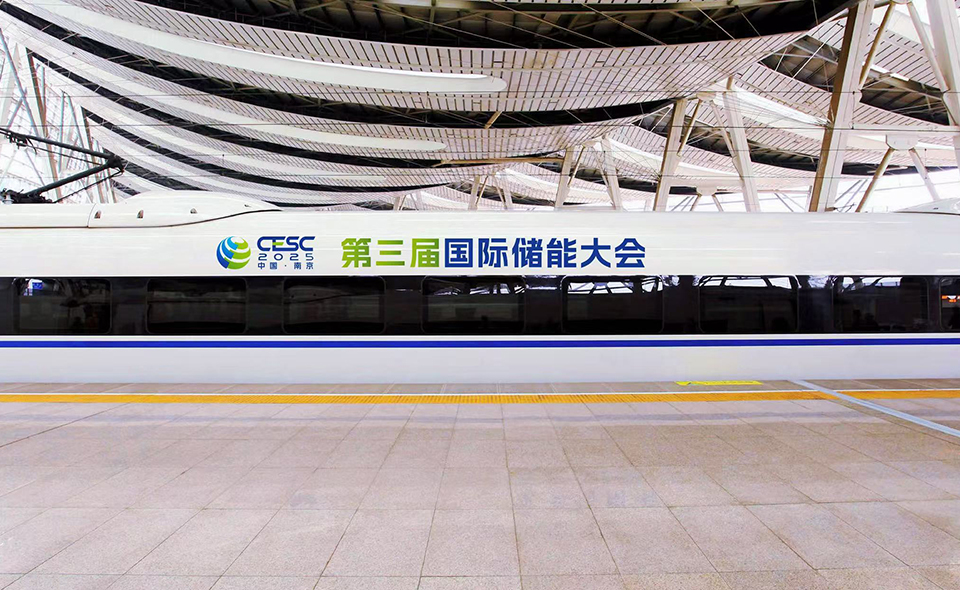
Latest News

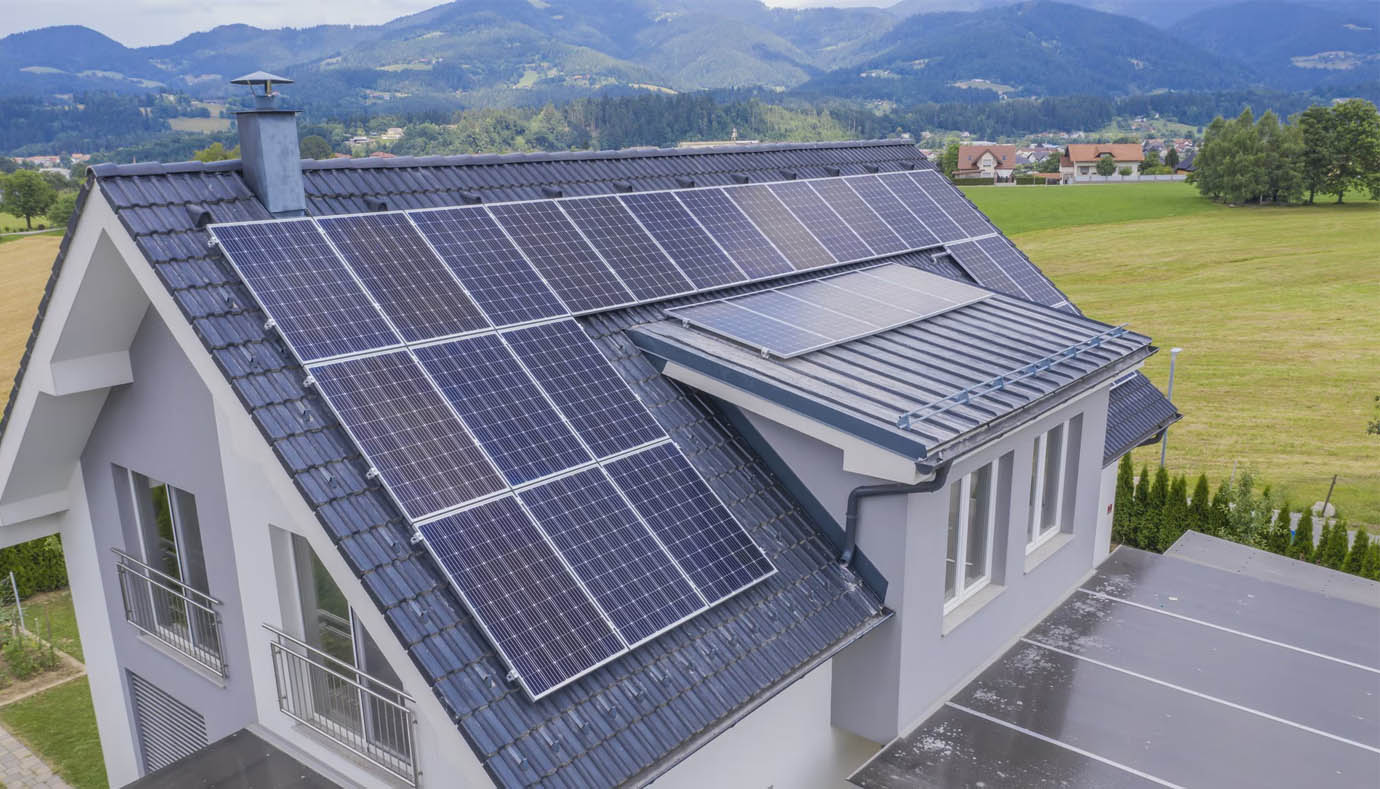
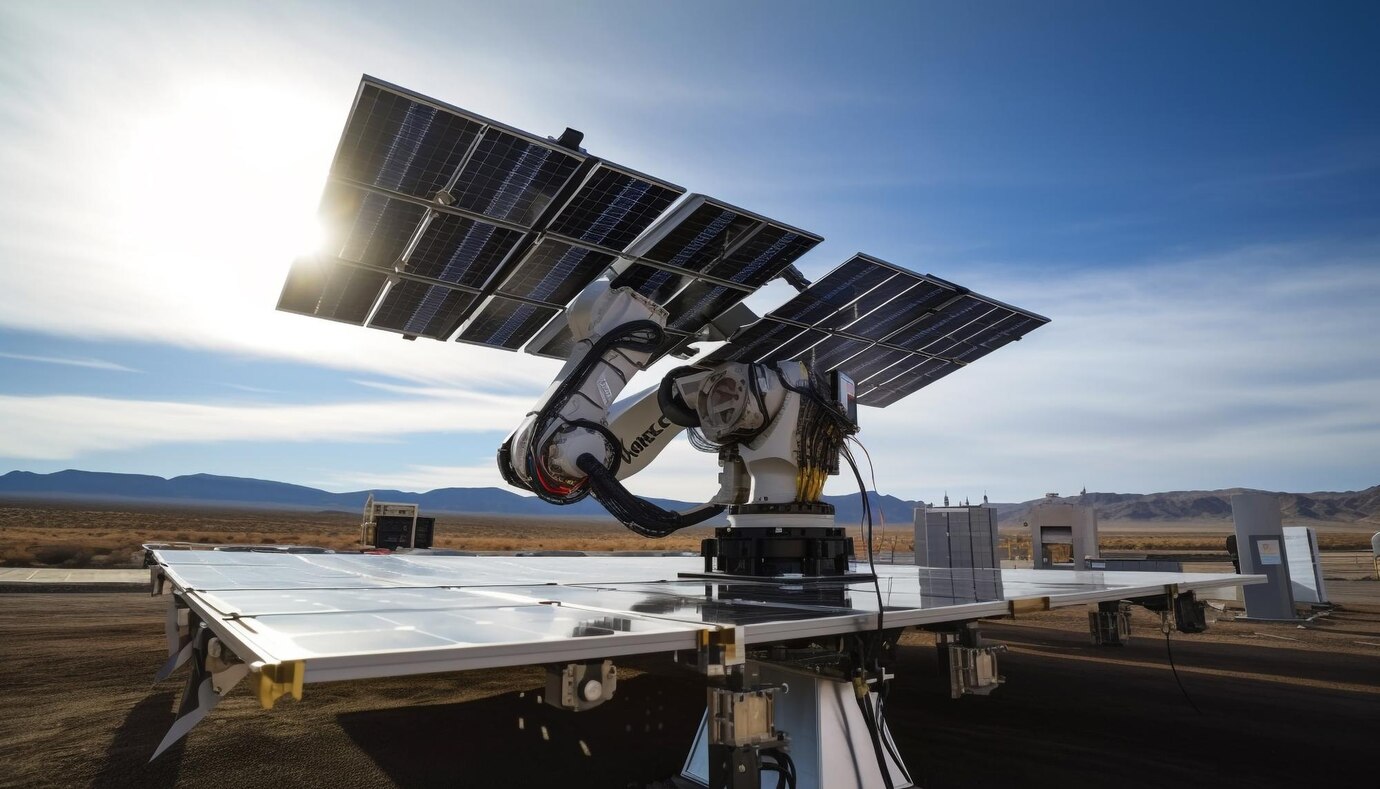


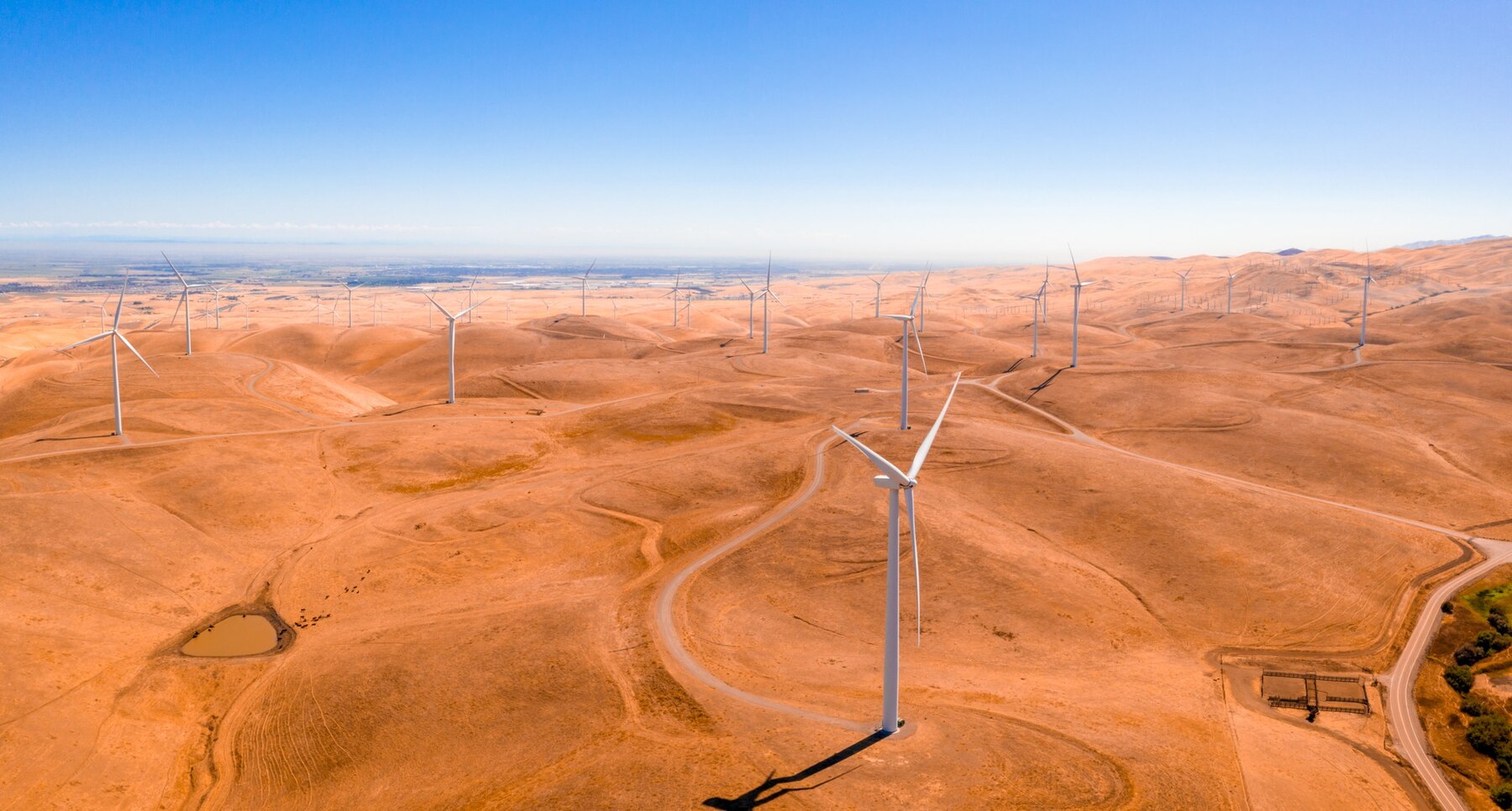
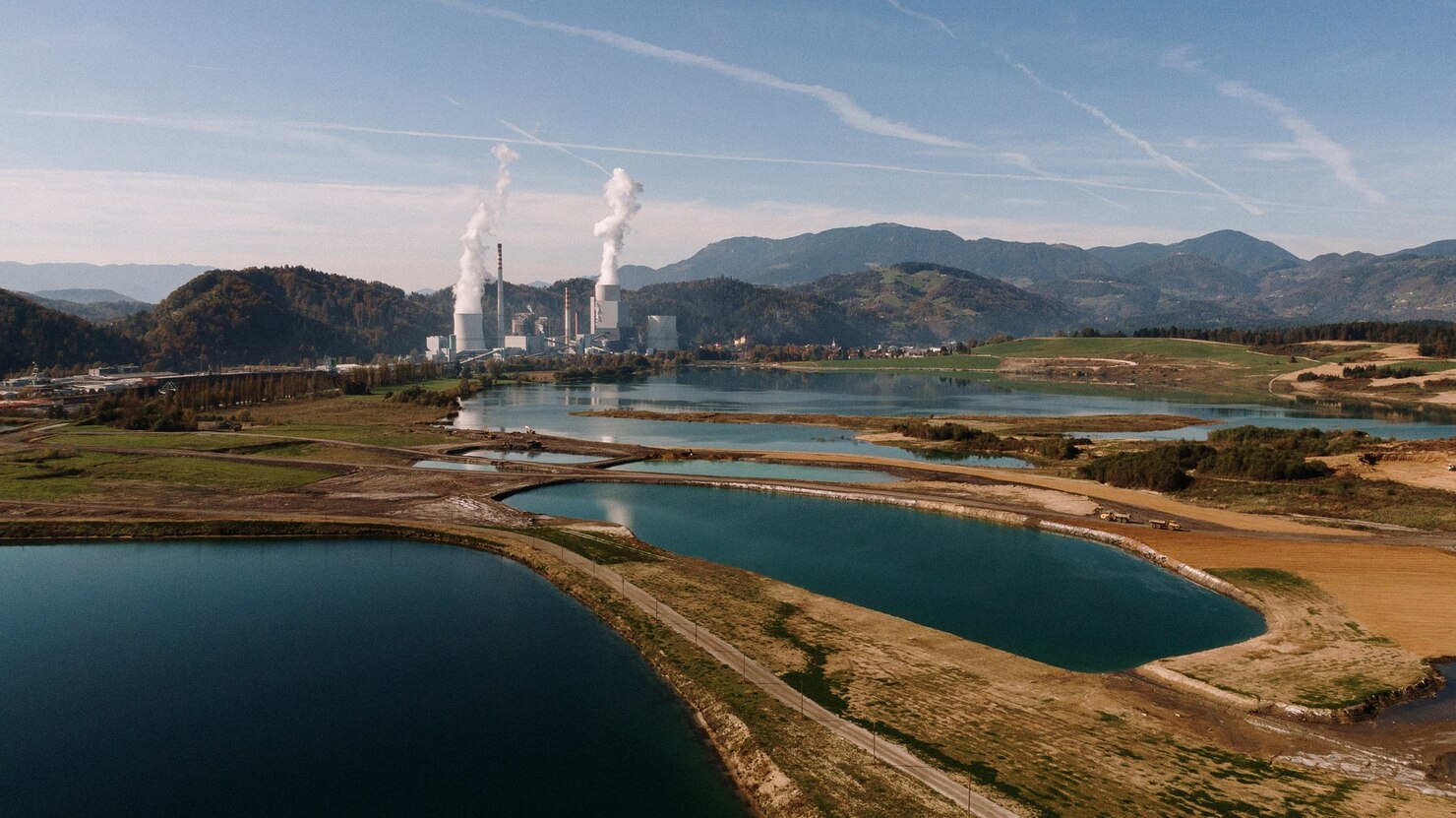


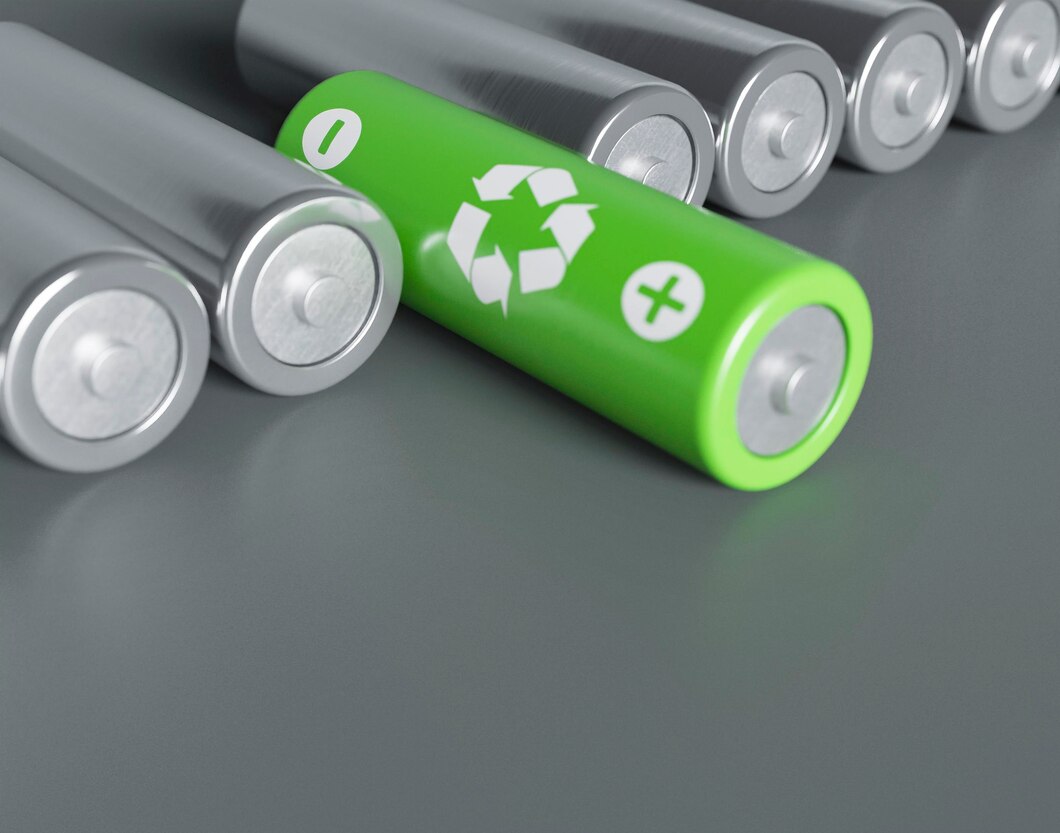


Ms. Liu +86 132 6100 0097

协办单位:全国工商联新能源商会、电力规划设计总院
支持单位:江苏省发展和改革委员会、江苏省工业和信息化厅、江苏省商务厅
国网江苏省电力有限公司
国际支持:欧洲储能行业协会、德国智能城市交通协会
承办单位:创能国际会展服务(江苏)有限公司、东浩兰生会展集团股份有限公司
溧阳深水科技咨询有限公司



